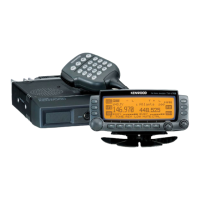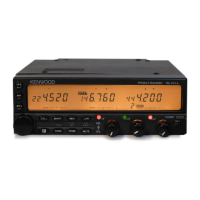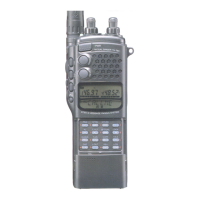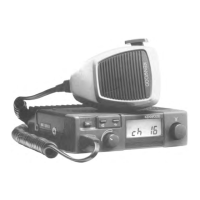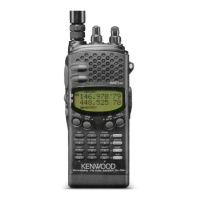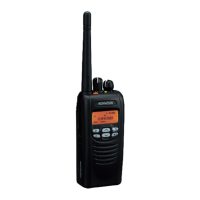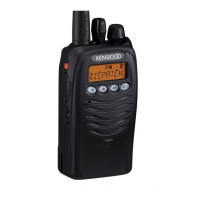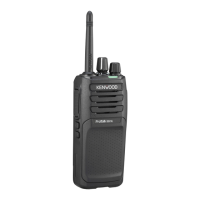What to do if Kenwood TM-V708A Two-Way Radio will not power up?
- JJessica CollinsJul 30, 2025
If your Kenwood Two-Way Radio won't power up, check the following: * Ensure the power cable is correctly connected, with the red wire to (+) and the black wire to (–). * Inspect the power cable fuses and replace any that are open, after identifying and fixing the cause of the blown fuse(s). Use a new fuse with the same rating. * Verify that the modular plug cable is correctly connected between the front panel and the main unit.
